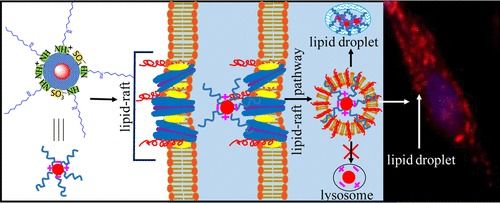Science, Space & Robotics News | Posted: 9 hours, 42 mins ago.
Comment | Email to a Friend | Font Size: AA.

Science, Space & Robotics News | Posted: 9 hours, 42 mins ago.
Comment | Email to a Friend | Font Size: AA.
Boeing is building a killer robot which will “decide when, where — and who — to shoot”
Lethal. Cheap. Smart. Australia’s air force will become one of the first in the world to put ‘killer robots’ in the skies alongside its combat pilots. But are we opening a Pandora’s box?
This can also be done with a brain in a jar hooked-up to A.I…
*** As featured on the Colbert Report — June 4, 2009 ***
http://watch.thecomedynetwork.ca/library/#clip180735
For the first time in the world, transplant surgeons, led by Dr. Shaf Keshavjee, used a new technique to repair an injured donor lung that was unsuitable for transplant, and then successfully transplanted it into Andy Dyksrta.
Dr. Keshavjee and his team have developed an ex vivo or outside the body technique capable of pumping a bloodless solution containing oxygen, proteins and nutrients into damaged donor lungs. This technique allows the surgeons the opportunity to assess and treat damaged donor lungs, while they are outside the body, to make them suitable for transplantation. To find out more about this research milestone, and others like it, visit www.tgwhf.ca!


American scientist and best-selling #scifi author David Brin predicts what our world would like in the year 2050. Read it on our #Earth2050 platform:
By 2040, the international community has concluded that using nonrenewable resources is irrational. The first kind of asteroid to be mined was of the carbonaceous variety, to get water that can keep astronauts alive, or be used to create rocket fuel. Later, explorers prospected dozens of other varieties of asteroids with suitable iron, nickel, cobalt, platinoid, and rare-earth element deposits. Odyssey is the first ever space base focused on mining these minerals.
The station was launched in 2049. Because of magnetic storms and drastic changes in temperature, the main part of the base had to be built several meters below the asteroid’s surface. Almost all work on the base was automated. Small teams of engineers and technicians needed for station management stay for 6-month shifts. Using solar mirrors, they melt and refine precious metal ores and blow them into gleaming bubbles that can safely descend through Earth’s atmosphere to float in the ocean, for collection. The iron is used for construction in space.
This space project — the Odyssey — is so profitable that on April 22, 2055, Earth Day, the UN’s General Assembly adopts a resolution: to decrease mineral mining on our planet and to transfer some profits made from space to restore and preserve the Earth’s ecology.
The success of the project is based not only on the commercial value of mining but also on scientific advancements. The Odyssey houses laboratories with different specializations. New space discoveries make it possible to create new stations and even cities farther away from Earth.

Nanoprobes were microscopic robotic devices used by the Borg for the primary purpose of assimilation, as well as to help maintenance and even repair their mechanical and biological components on a microscopic level. Injected into a target’s bloodstream via assimilation tubules, the nanoprobes immediately began to take over the host cells’ functions. Nanoprobes could also be modified for a variety of medical and technical tasks.

A police board meeting escalated when Detroit cops tackled a police commissioner to the ground and arrested him at a heated hearing where protesters demonstrated against the city’s controversial facial recognition scheme.
Commissioner Willie Burton was annoyed that the Board of Police Commissioners had held secret, closed door meetings that he and the public were not allowed to attend during which an expansion of the facial recognition scheme was planned, Metro Times reports.

To develop a new artificial muscle for robots MIT researchers are taking inspiration from an unlikely source – the cucumber. It’s not the fruit of the plant that’s good for sandwiches and salads that the engineers are interested in, but the tightly coiled tendrils that wrap themselves around solid objects to support the growing plant by corkscrewing and pulling with surprising force.

Yandex unveils Sonata.